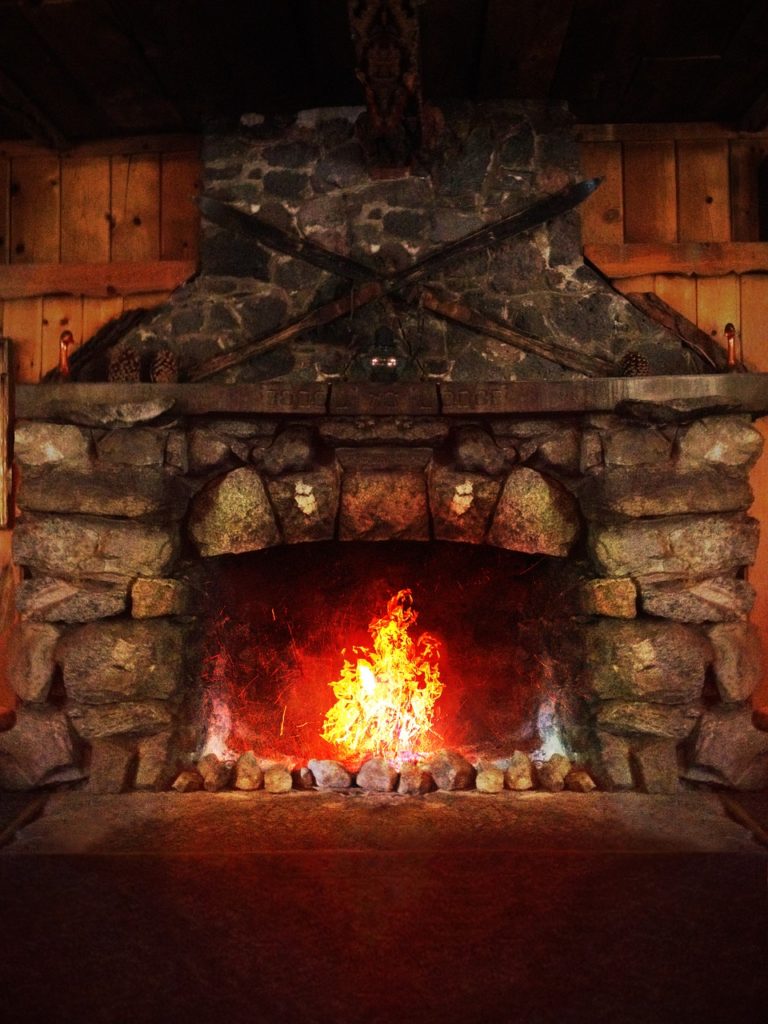
Many businesses liken the problems they face to fires. These businesses spend a lot of time fighting the fires, and they even spend time putting those problems into an inordinate amount of quadrants to help understand whether it’s a bright fire, a hot fire, an oil fire, or a pontiac firebird.
But most of the people running these businesses are asking exactly the wrong question. The type of fire matters, surely, but not nearly as much as where the fire is.
If I had to guess, I’d say the Harvard Business School case study model is largely to blame here. Management seems to get the impression that if they know everything about the fire, they can put it out. Unfortunately, they aren’t seeing the forest for the kindling.
What are they missing?
A fire on a ship is a big deal. A fire on a submarine will kill everybody if it isn’t put out right away. A fire in your hearth is fine and good.
Some problems are simply part of running a business. Where companies really get themselves into trouble is when they think a fire is somewhere that it is not.
When the company thinks the fire is in the fireplace of a house, but really it is a fire on an airplane, instead of asking for who has the extinguisher, people start writing memos about the fact that if we put this fire out and tonight is cold, we might need to start another fire for warmth. Wouldn’t it be more convenient if we just let this one run?
The repeat offender that comes to mind here is Yahoo. The company had the internet in the palm of its hand and somehow managed to let fire after fire burn through the enormous head start they had on most other internet companies until all that was left was a stake in Alibaba. Every time something was going wrong, I have to imagine management told themselves, “that may be a fire, but that isn’t really the important area of our business.” Or “google may be taking over search, but how will they possibly monetize it?” Or, close to home, “yahoo finance may be a total nightmare to navigate, but it’s the most popular place to get financial data, why sink money into something that ain’t broken?”.
Somebody who has gotten it right? Satya Nadella and Microsoft are a nice counterpoint. Adding just a tinge of irony, here’s the yahoo finance graph for MSFT from February 2002 through February 2012:

Satya took over in 2014, and here’s the rest of the MSFT graph:

I will leave it to you to search for explanations of Satya’s success, such as this one from techcrunch: https://techcrunch.com/2019/02/04/after-5-years-microsoft-ceo-satya-nadella-has-transformed-more-than-the-stock-price/. Suffice it to say, I think he has a knack for knowing where the fires are and whether he should stoke them, ignore them, or make damn sure they are put out.
Ironically, small firms often get this the most wrong in the other direction — they have a fire that they think is about to take down the ship, but really there is no threat. On a recent Investor’s Field Guide podcast, the founders of Instagram talked about how they got rid of a feature that was mostly clunky and never what they intended, but that had a use case with a small (but vocal) group of role players on the platform.
They started getting bombarded with negative feedback, but were able to correctly ascertain that on the way to a billion users, they were going to have to drop a few niche features that most people considered clutter but a few people found ways to use. They realized that the fire was in the fireplace.
The oft-mocked Silicon Valley ethos often illustrated by Mark Zuckerberg’s “move fast and break things” strikes me as a natural way to help young companies avoid the trap of fighting fires they should let burn themselves out. These small companies realize that most of the fires that can start have no fuel — they are simply too small. And even if they are going to burn the house down, the whole point of the startup is that it is nimble enough to be building another house while the first one falls apart. Catering to an app’s first 100 users is unlikely to be a strategy that scales to a hundred thousand, let alone a hundred million.
Here’s to hoping the next time somebody yells “fire!”, the reaction isn’t to run for the hose and start spraying, or to get some more wood and throw it on, but to simply ask, “where?”
